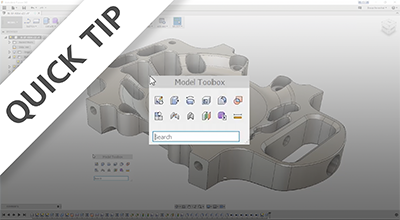
Instead of thinking of the model as a single object, you break it down and model the actual “interface” between the surfaces. The third method is to model interfaces (Fig 3).

The refractions will look somewhat plausible but compared to a correct render, they are visibly wrong. All renders can handle this method but it will not produce correct results.

The second method is to have a slight air gap between the volumes (Fig 2). This approach is also very tedious, especially if you have a complex shape like a perfume bottle for instance. However, rendering coincident surfaces can be incorrect due to modeling precision errors. The first method is to model such that the volumes of different geometries don’t overlap, but instead are coincident (Fig 1). There are at least four different ways in which this can be modeled: The reason you should care about nested dielectrics is it is a difficult problem to render situations like this, especially when you look at semi-transparent dielectrics.įor example, if you’re modeling a drink in a glass with ice cubes, air bubbles and water droplets on the surface of the glass, and you want an accurate rendering, your rendering engine needs to be able to account for different Index of Refraction values for all the models – the glass, drink, air bubbles and ice cubes.

Nested dielectrics, in turn, refers to non-metallic objects modeled within other non-metallic objects. You’re probably asking yourself, “What are nested dielectrics, and why should I care?”įirst, dielectrics are materials that do not conduct electricity which pretty much means all materials besides metals.


 0 kommentar(er)
0 kommentar(er)
